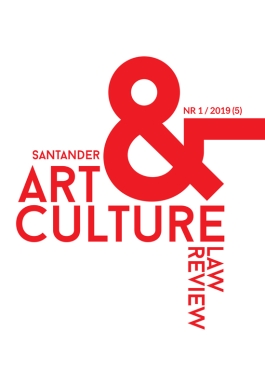The II OSK 3/15 verdict of the Polish Supreme Administrative Court, dated 18 October 2016, is concerned with the Law Amending the Act on the Protection of Monuments and the Guardianship of Monuments, Article 36, Section 1, Clause 1; and Article 45, Section 1, Clause 1 and 2.
In the verdict of 18 October 2016, the Supreme Administrative Court clearly indicated the consequences of registering a building as a monument even after the prior issue of a construction permit and commencement of construction work on the property. The court further pointed out the conservation body’s lack of a proper analysis of the problem in their justification. The Building Code, Article 39, Section 1, and the Law Amending the Act on the Protection of Monuments and the Guardianship of Monuments, Article 36, Section 1, Clause 1, cannot be the basis for ruling out the conservator's actions in the situation described in this verdict.
The Supreme Administrative Court clearly emphasised that undertaking construction work according to a valid construction permit does not negate the competence of a conservation body to issue a decision based on the Law Amending the Act on the Protection of Monuments and the Guardianship of Monuments, Article 45, Section 1, even if the property was included in the National Register of Historical Monuments after the relevant construction permit was issued. As soon as a building is added to the register, an investor is obligated to obtain a conservation permit, as mentioned in Article 36, Section 1, Clause 1 of the previously mentioned act.





















